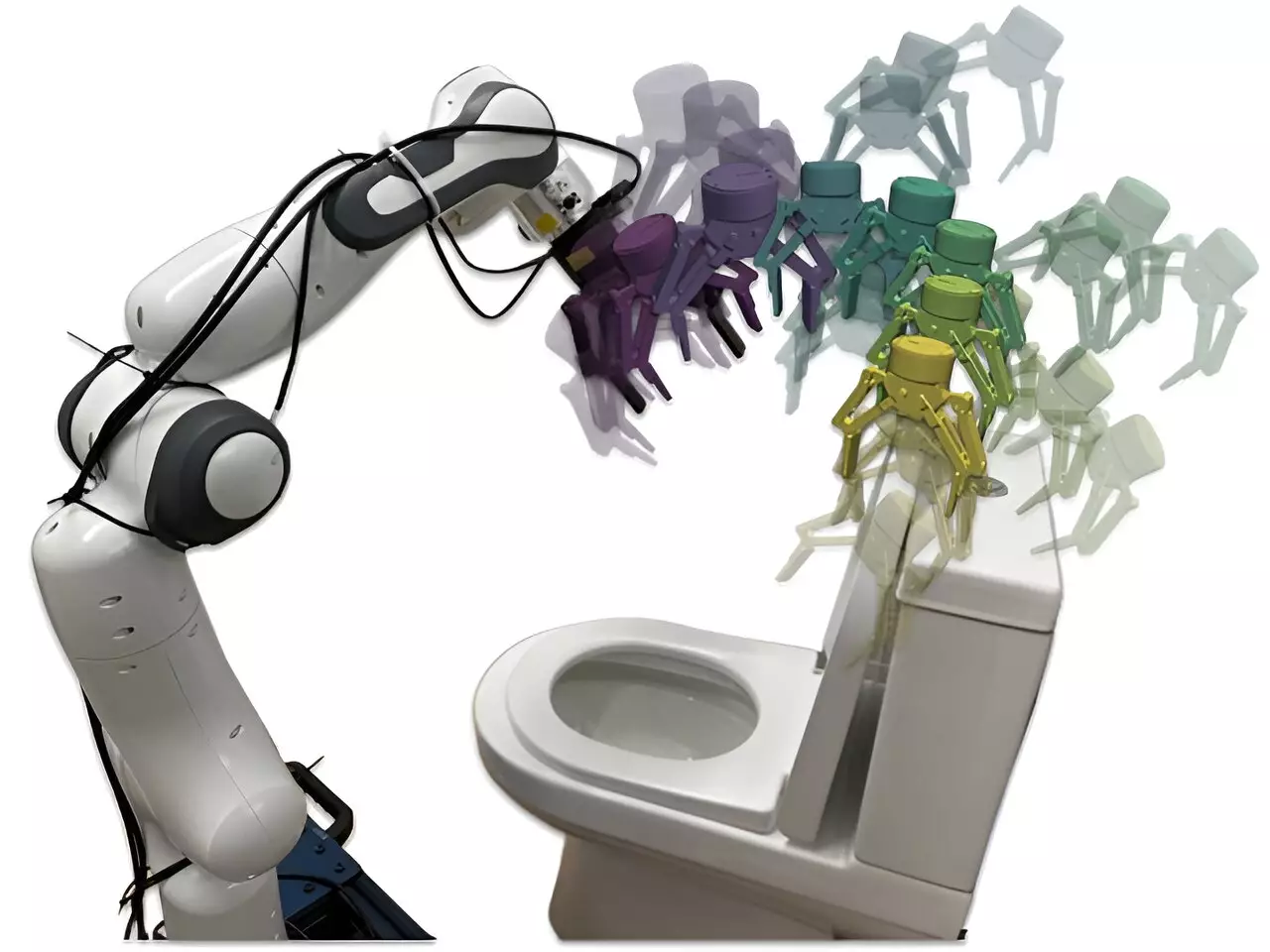Over the past decades, roboticists have been striving to develop increasingly sophisticated systems to tackle new tasks. However, teaching these systems effectively has proven to be quite challenging. One recent method that shows promise in addressing this challenge is the Render and Diffuse (R&D) method, developed by researchers at Imperial College London and the Dyson Robot Learning Lab. This method aims to unify low-level robot actions and RGB images using virtual 3D renders, ultimately streamlining the process of teaching robots new skills.
Traditional techniques for teaching robots new skills often require extensive human demonstrations and struggle with spatial generalization. This is particularly challenging when objects are positioned differently from the demonstrations, making it difficult for robots to predict precise actions based on limited data. The goal of the R&D method is to overcome these challenges and enable robots to learn new tasks more efficiently.
The R&D method consists of two main components that work together to facilitate robot learning. Firstly, virtual renders of the robot are used to allow the robot to “imagine” its actions within the image, similar to how humans visualize tasks in their minds. This process enables robots to predict actions more effectively based on the images captured by their sensors. Secondly, a learned diffusion process refines these imagined actions, guiding the robot towards a sequence of actions needed to complete a task.
One of the key benefits of the R&D method is its ability to significantly reduce the training data requirements for teaching robots new skills. By leveraging virtual renders and rendering techniques, the method simplifies the acquisition of new skills and improves the generalization capabilities of robotic policies. In a series of simulations and real-world tasks, researchers demonstrated the effectiveness of the R&D method in tasks such as putting down the toilet seat, sweeping a cupboard, and opening a box.
Looking ahead, the R&D method has the potential to be applied to a wide range of tasks that robots could tackle. The promising results of this research could also inspire the development of similar approaches to simplify the training of algorithms for robotics applications. By representing robot actions within images, researchers believe that new opportunities for research and innovation in the field of robotic learning could emerge.
The Render and Diffuse method offers a novel approach to teaching robots new skills, leveraging virtual renders and diffusion processes to enhance the efficiency and effectiveness of robot learning. As researchers continue to explore the possibilities of this method and its applications in various tasks, the future of robot learning appears to be promising. With a focus on reducing data requirements and improving generalization capabilities, the R&D method could pave the way for more advanced and intelligent robotic systems in the years to come.


Leave a Reply